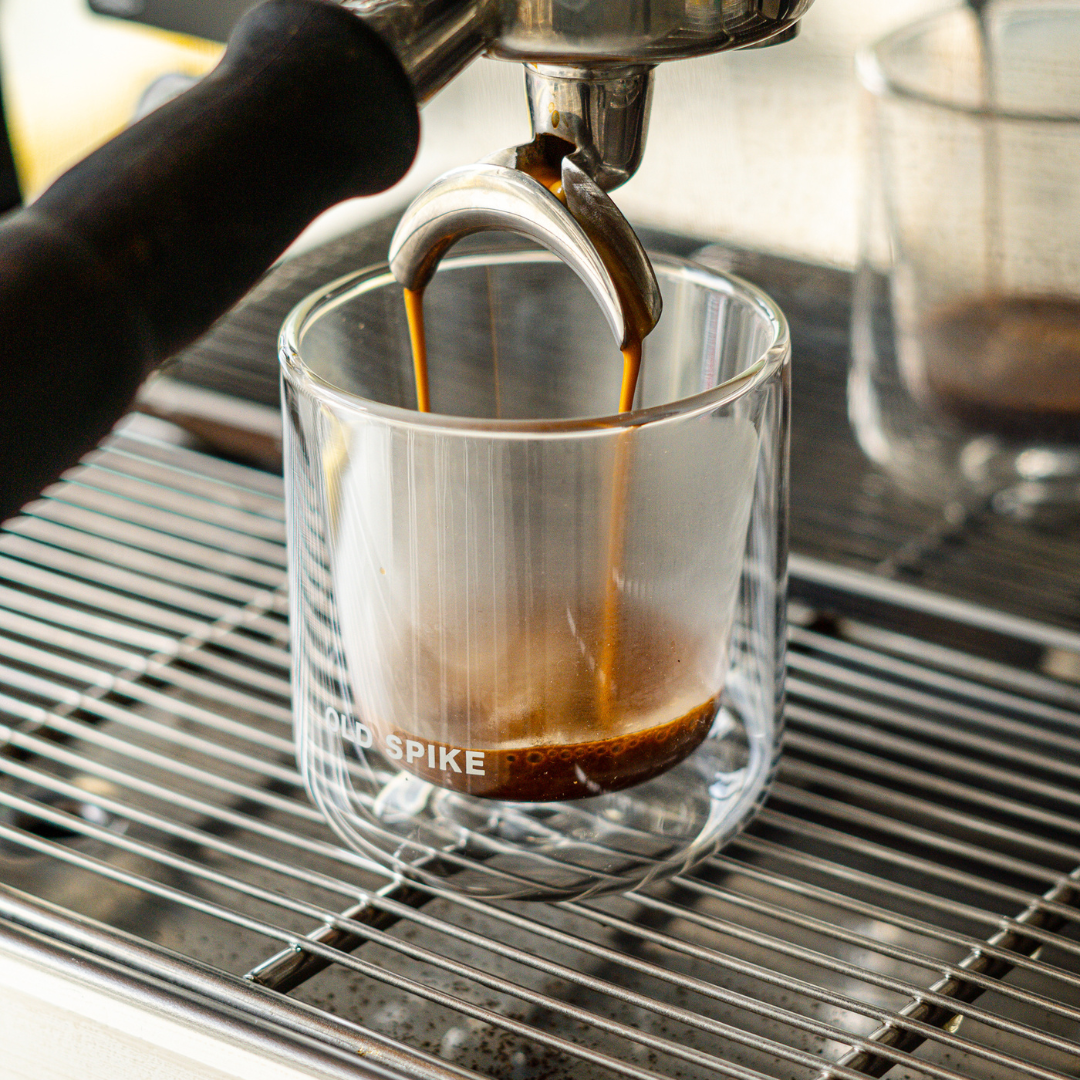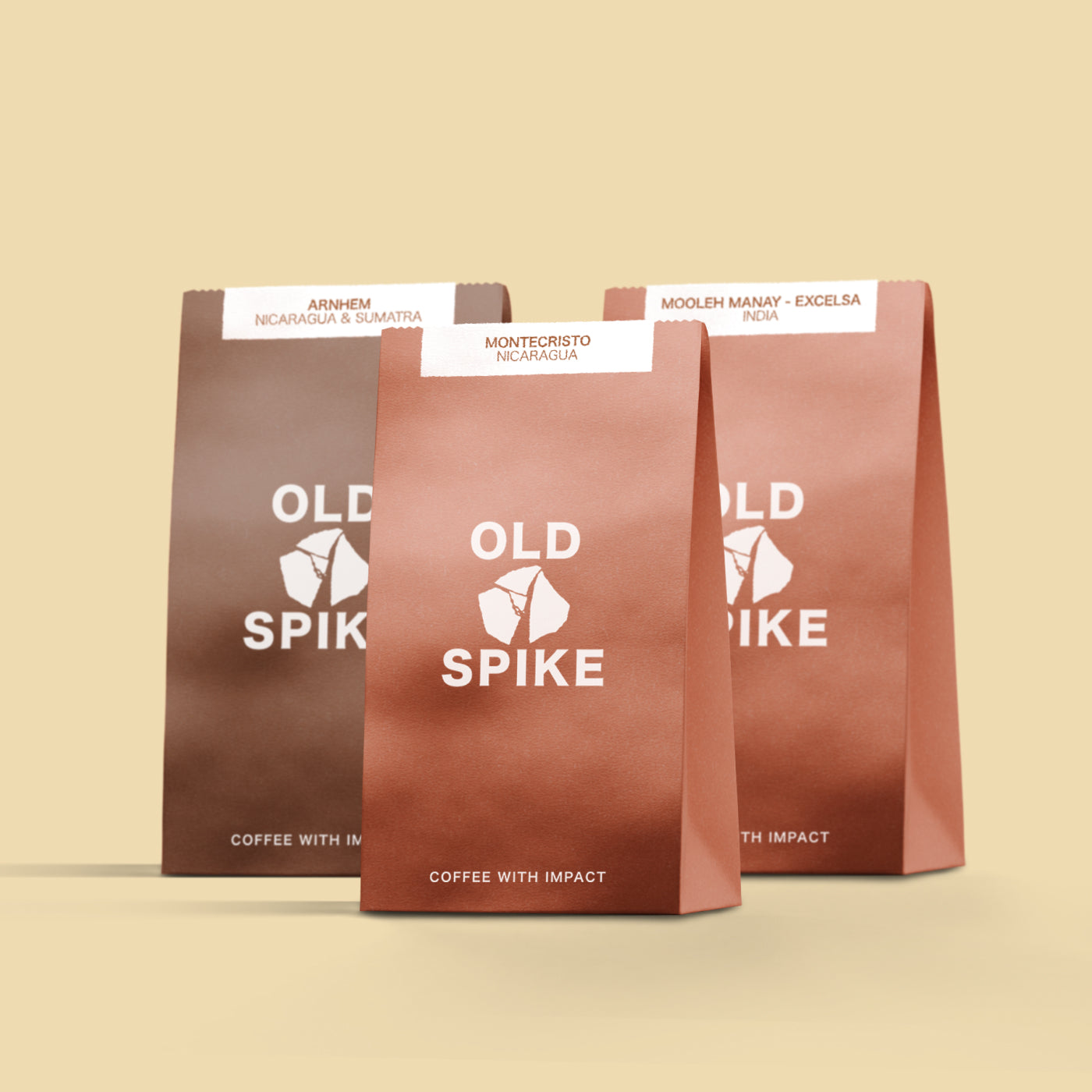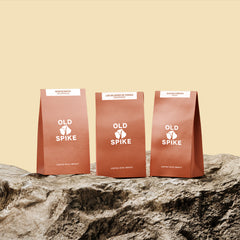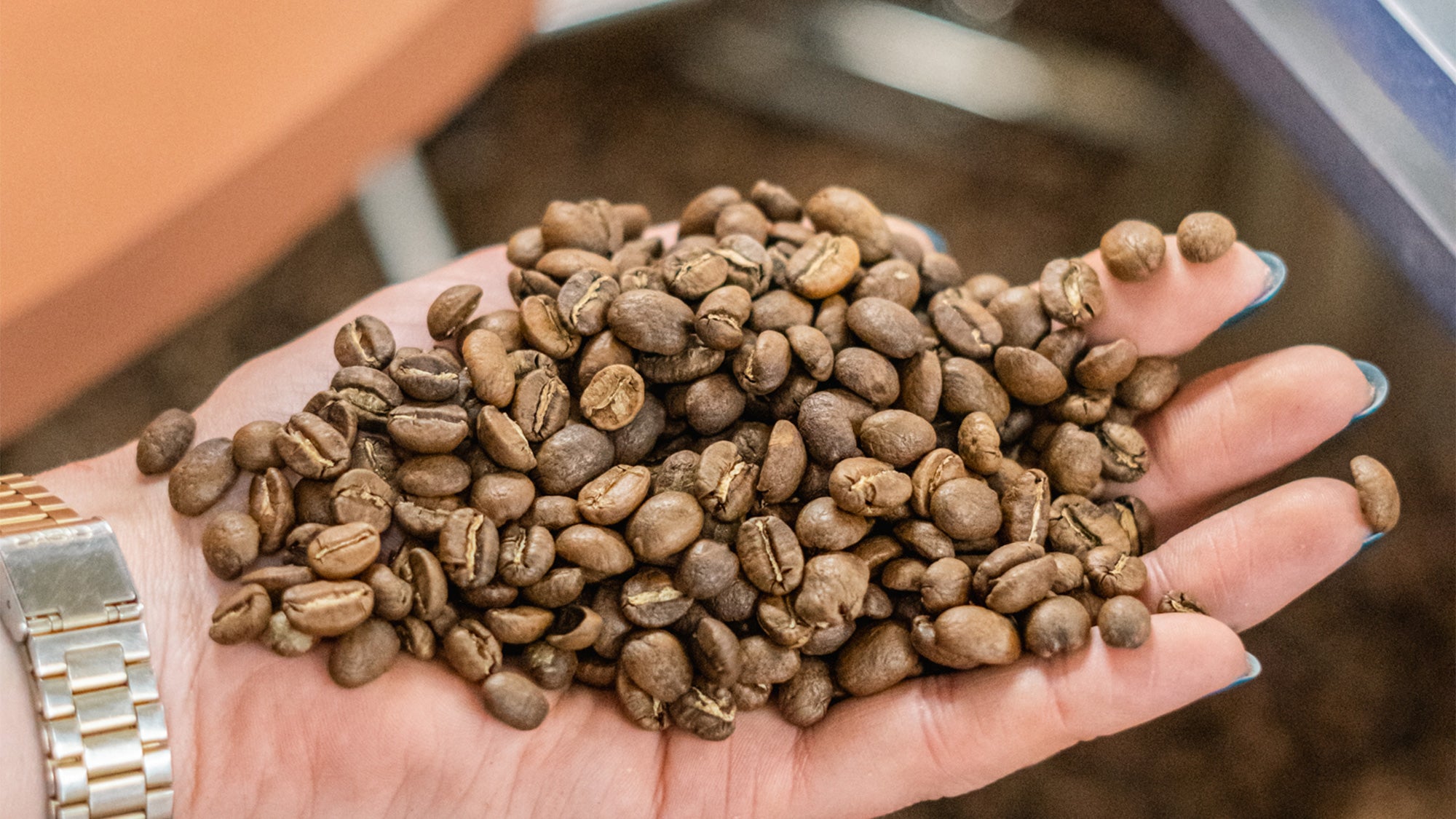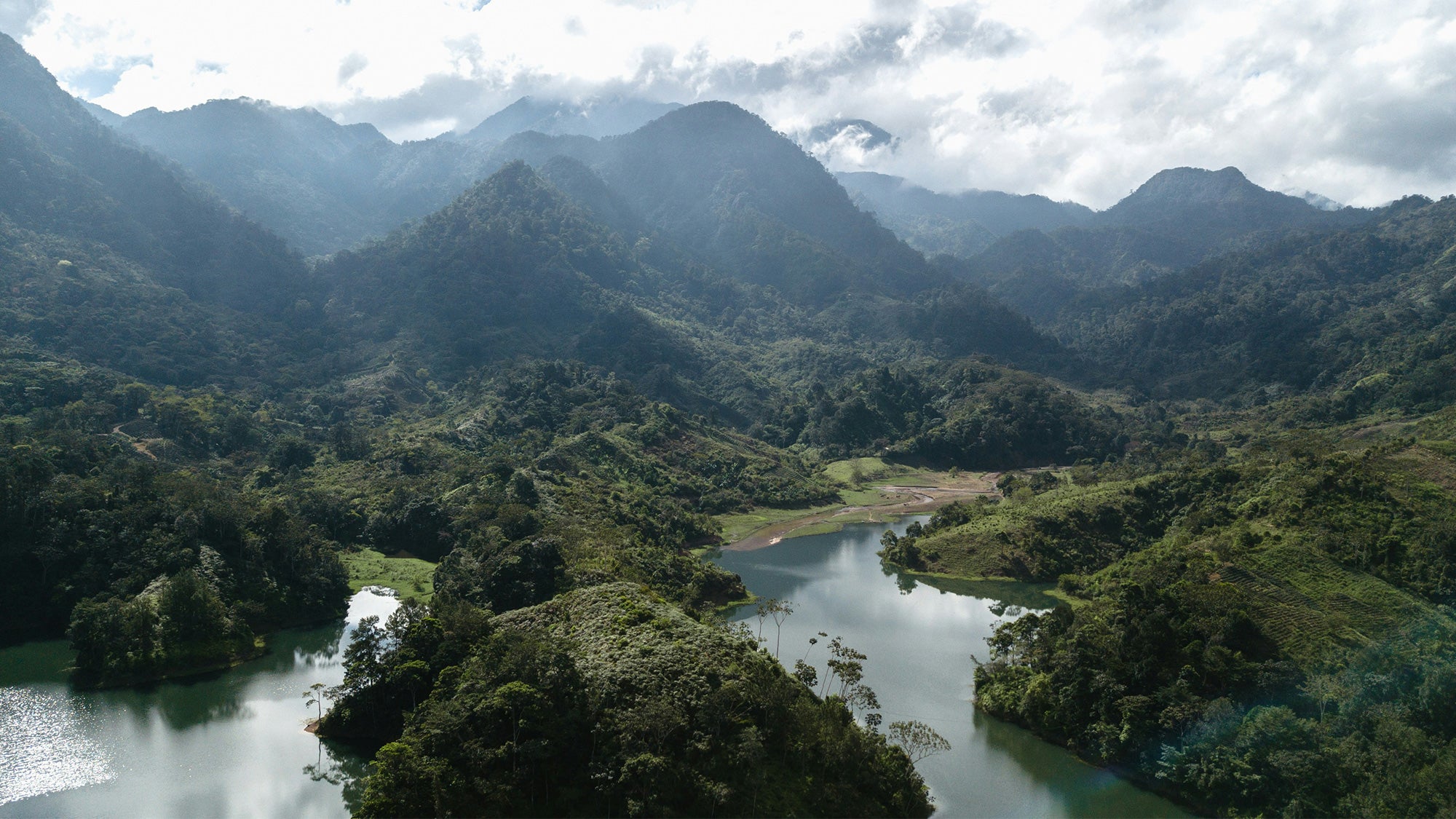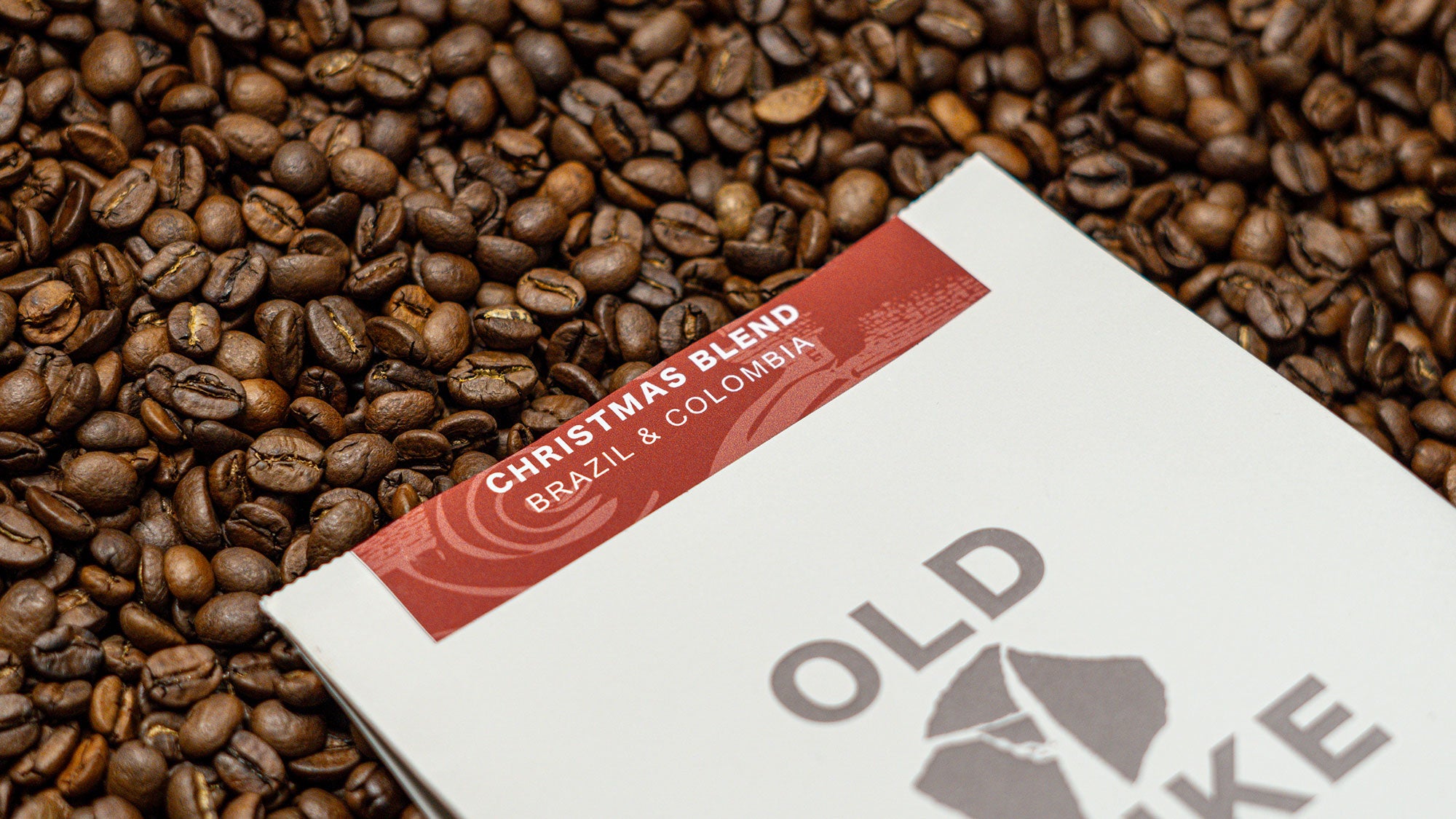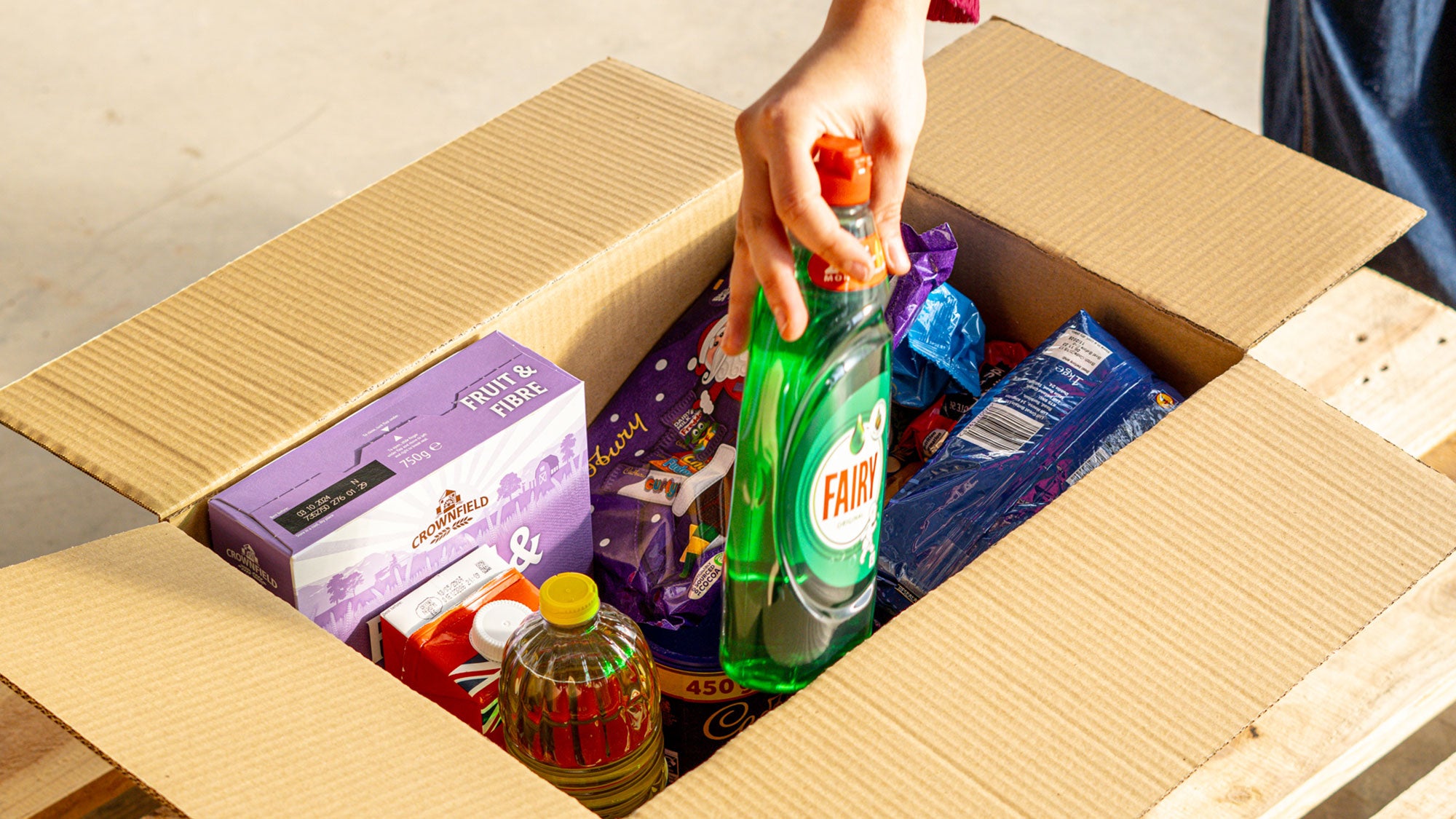Explaining the Distinctions between Light and Dark Roast Coffee
Coffee enthusiasts and connoisseurs gather around as we delve into the intriguing world of coffee roasting, specifically, the key differences between dark roast and light roast coffee. This exploration unravels the mysteries behind the first and second crack when roasting, the typical flavour profiles of both roast types, and popular brewing methods associated with each; finishing up with some advice to ponder and explore for yourself the delicious spectrum of roasted coffee.

Coffee Roasting: First Crack vs. Second Crack
Imagine a roasting chamber filled with raw green coffee beans. As the temperature rises (to roughly 196°C), a symphony of pops resonates through the air, akin to kernels of popcorn in a microwave. This occurrence marks the onset of the ‘first crack’, a pivotal moment in which a large amount of the beans’ moisture has evaporated and the beans increase in size.
Following this comes the ingeniously named: ‘second crack’. Usually at around 224°C and characterised by a rapid-fire rattle rather than the gentler pop of the first crack. This will become present when finishing a light, medium or dark roast.

Personal Taste: Light vs. Dark
Light roast coffee tends to be delicate, gently tiptoeing across your taste buds. These beans are roasted for a shorter time, allowing their intrinsic flavours to shine through. You're met with vibrant acidity, floral undertones, and a certain brightness that gently nudges your palate awake.
On the flip side, a dark roast tends to take heavier footsteps. Those beans have spent more time in the roaster, developing rich, bold flavours. The inherent acidity has mellowed, replaced by deep notes of chocolate, caramel, and sometimes even a hint of smokiness. It's a cup of coffee that'll warm your soul and gives you a classic, more widespread coffee experience.

Coffee Brewing Methods
Now onto the tasty section: coffee brewing. Light roast beans can be a bit finicky, but when treated right, they’re given a chance to sing beautifully. A pour-over or a delicate drip method can coax out the nuanced flavours. Not to be rushed; take your time and savour the process. French press? Of course, just make sure not to overpower those delicate notes with a heavy-handed brew.
Now, dark roast beans are a bit more forgiving. They've been through the roasting ringer and can stand up to some serious extraction. Espresso lovers, rejoice! Dark roasts make a mean espresso, with their concentrated flavours and velvety mouthfeel. If you're feeling adventurous, whip out your trusty espresso machine and pull that shot like a pro. Or go old-school Italian with a stovetop Moka pot for a rich, bold brew that'll kick you into gear.

Final Thoughts: Embrace the Roast Spectrum
As we wrap up this coffee-roasting saga, remember that the choice between light and dark roast ultimately comes down to personal preference. It's not about one being better than the other; it's about the unique experience each brings to your cup. So, let your taste buds guide you on this roasting expedition. Venture through the array of flavours, and maybe you'll find a new appreciation for both the delicate light roast and the bold dark roast.
Old Spike Dark Roast Coffee Recommendation: Benedict Blend
Old Spike Light Roast Coffee Recommendation: Haru Natural
Old Spike Light Roast Decaf Coffee Recommendation: Villamaria Decaf

